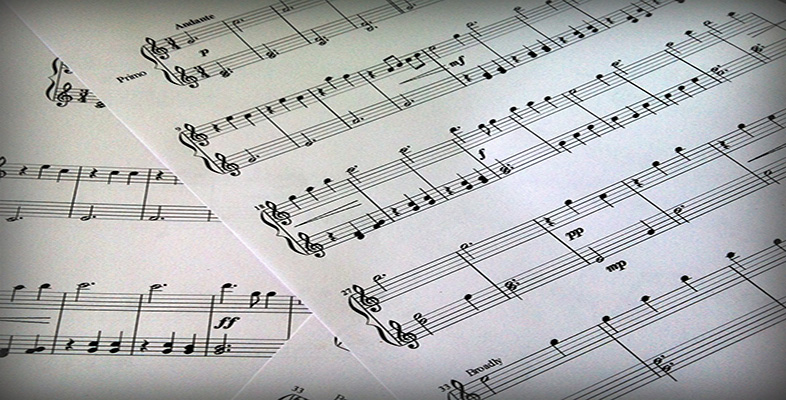1 5 Composing for film
1.5.1 Different ways of working
Composing for an entire film is an intense and intensive experience, which must usually be completed in a very short time. Composers are always the last people to work on a film, and cannot begin writing the score until the final edit of the film is ready, often only a few weeks before the film is to be released.
Composers work in many different ways: David Arnold (the current James Bond composer) uses an electronic keyboard and computers to record and manipulate his ideas, which are orchestrated later. This is very different from the traditional method of writing directly onto paper by hand, either in a ‘short score’ of four staves which is orchestrated later, or straight into a full orchestral score. Many composers improvise at the piano or keyboard to begin with, then notate as their ideas become more refined, using music technology to produce a clear final score. Composers must also deal with the exact timing and synchronisation of their music with details in the film's visual images. Click on the link below to have a look at a section of a score by composer Miguel Mera from the short film The Goodbye Plane. This is a fully orchestrated segment, with references to visual cues.
Click 'View document' to look at the score
View document [Tip: hold Ctrl and click a link to open it in a new tab. (Hide tip)]
Activity 5 explores the relationship between visual stimulation and compositional process. It is quite a large project, but is best completed during one session, particularly if pupils are not confident in notating their work in any form, conventional, symbolic or otherwise.
Activity 5
Using a short two minute extract you have chosen from a documentary or other film without soundtrack, ask pupils working in small groups to develop a piece of music to accompany the extract. They should explore matching mood, emotion, physical action and characterisation, and when music begins and ends. They should also explore musical language: mode, melody, rhythm, genre and instrumentation.
Pupils should then perform their compositions to the other groups and they should discuss their responses to their compositions together.
Finally, have a look at Resources in Section 5.2.
